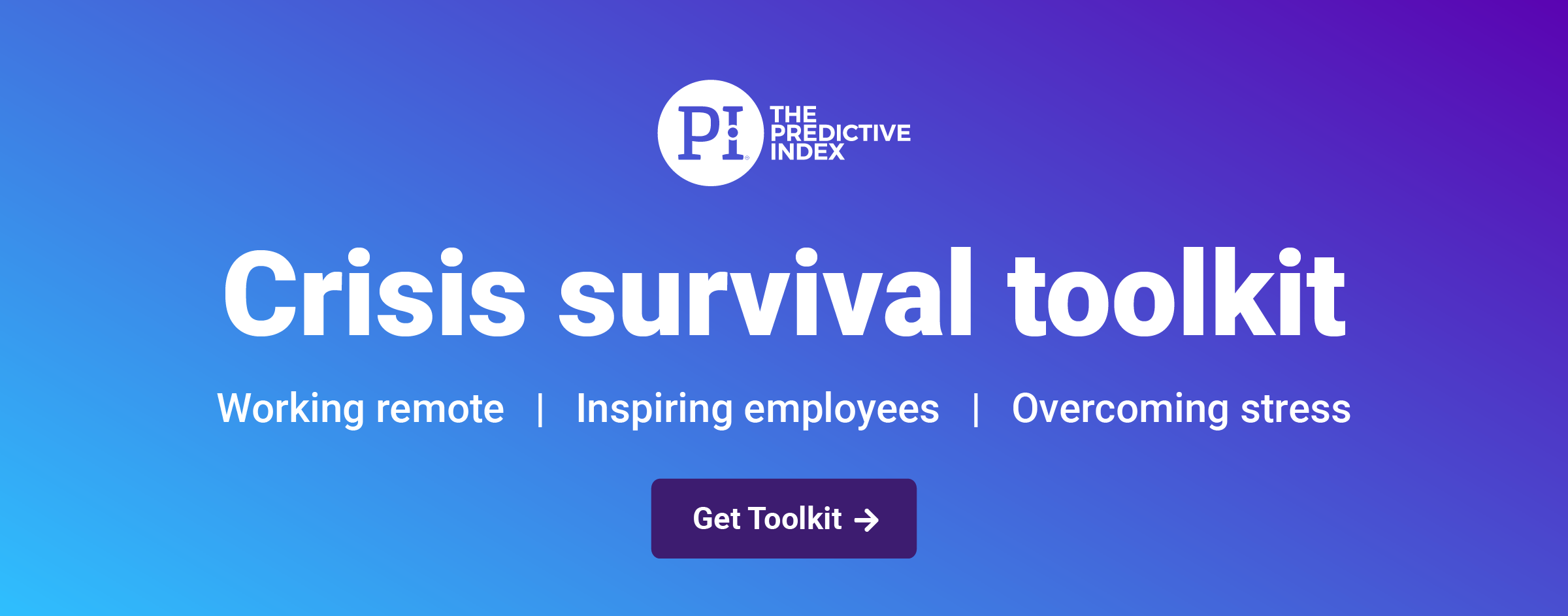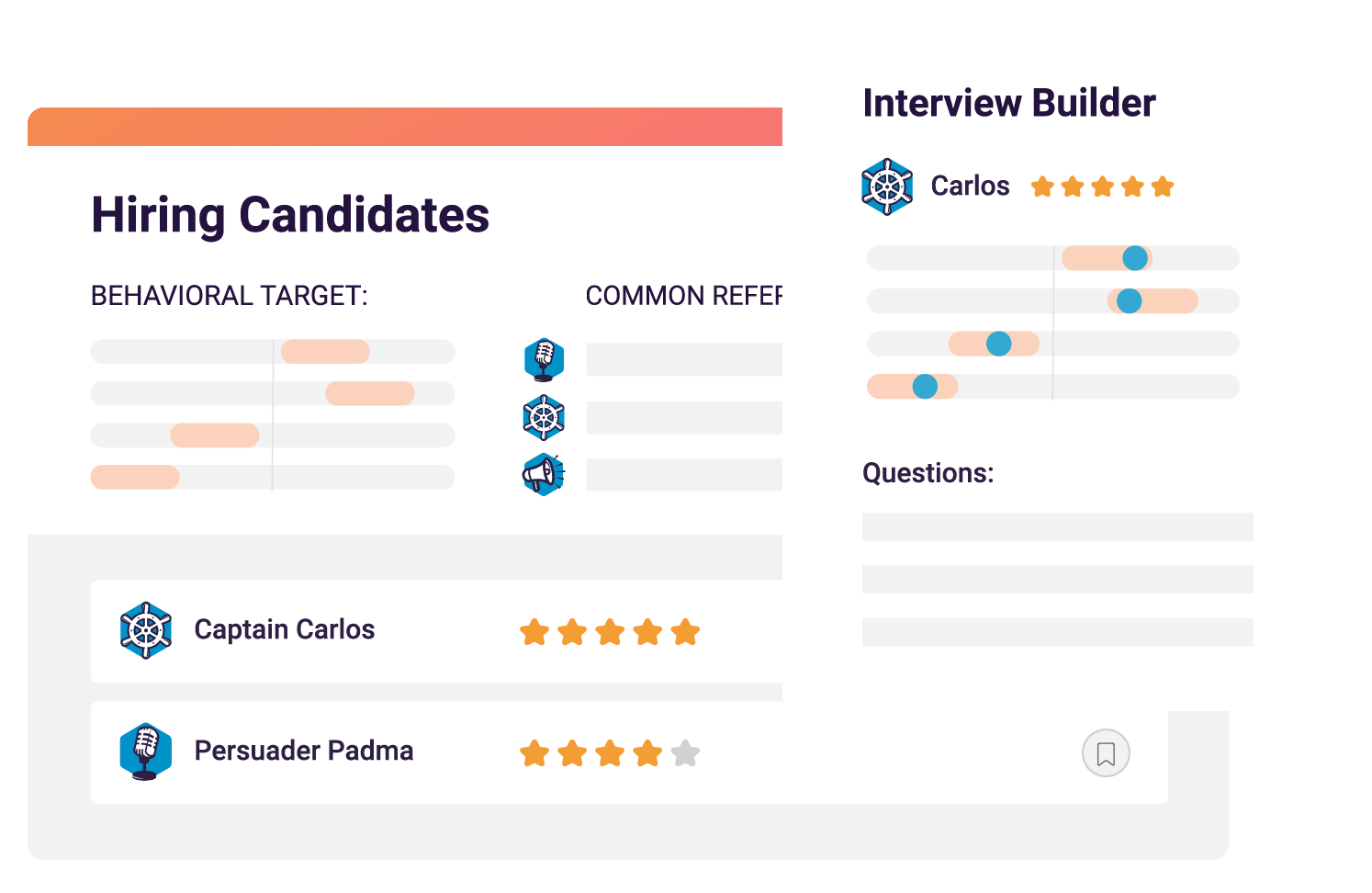Susan Bennett was dialing into her meeting when it happened. She’d been prepping her presentation points, only to be interrupted by a series of screeches.
Susan pulled herself away from the computer. She looked at her husband, who was huddled over a stack of papers at the other end of the kitchen table.
“What was that?”
“Hot Cross Buns,” he replied, still looking down. “The school blessed us with music homework this week.”
She stared into the living room. Sure enough, her son was sitting on the couch, fiddling with a plastic recorder.
The husband looked up, smiling weakly. “I know you have that meeting. Let me get him set up with a cartoon.” He got up from the table.
Susan looked back at her computer. The screen began to populate with the faces of her executive team. As she waited for everyone to join, she explored her colleagues’ homes.
In one corner of the screen, an executive yanked a cat off the table. The next square over, a young girl performed a cartwheel in the background. In a third, a toddler tugged at his father’s sleeve.
Some of these executives were smiling; most were not. Almost all had bags under their eyes. Susan could sense the shift to remote work was causing them stress.
It didn’t help that their company was in a dire situation, with no clear resolution in sight.
In search of direction
Since she started working remotely, Susan had made it a habit to make eye contact with everyone on her video calls. Today, she and eight other executives would be discussing their business strategy. She wanted to ensure she had the room’s attention before she made her pitch.
From her kitchen table, Susan walked through her vision for the company. The recent pandemic had already forced the organization to cut discretionary spending. Now, senior leadership was facing a possible restructuring. Roles would shift, and teams would change—all so the organization could endure.
When she finished her presentation, she paused for questions. Silence.
Suddenly, voices filled the void. One executive expressed concern about client retention under the proposed plan. Another defended the plan, but took issue with the timeline. Others wanted to share their own ideas.
The stressed executives began to bicker. By the end of the meeting, the team was no closer to alignment than when it started. Susan knew the clock was ticking to find a clear path forward for her employees.
That’s when she connected with Nicole Ross.
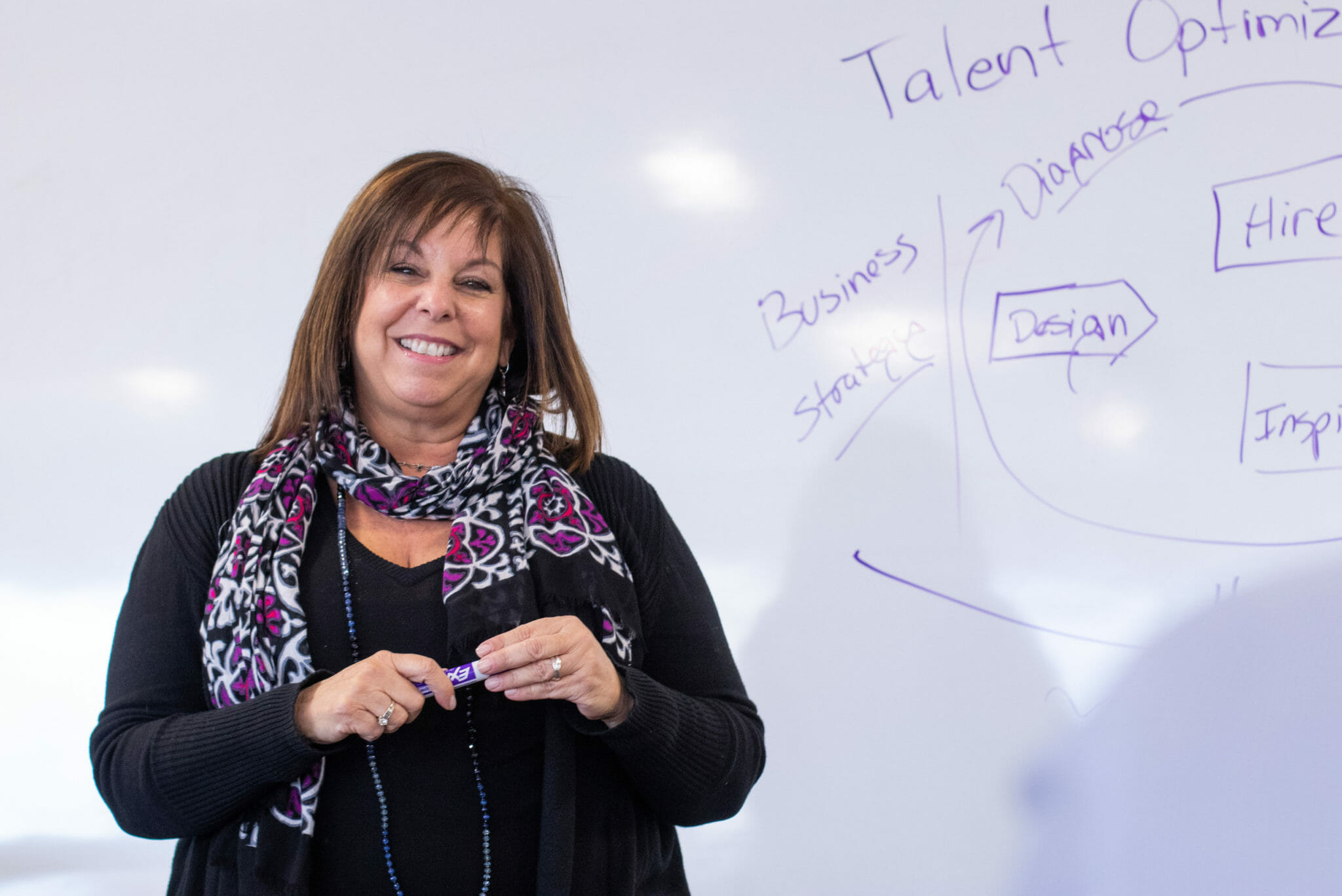
A surprising connection
Susan was browsing her LinkedIn feed when she came across Nicole’s post about the challenges of leading a business while parenting in a COVID world. One tip Nicole shared stood out: Have your kids make DIY instruments. It’ll let them flex their creative chops while keeping the sound to a dull roar.
For the first time that day, Susan smiled. She typed a reply: Anything to get them off the recorder.
The two swapped information. As a PI Certified Partner, Nicole specializes in helping executive teams understand their natural behavioral drives so they can find alignment and harmony. Susan explained the troubles her team was facing.
Nicole responded with a simple reply: Would you and your team be open to an online workshop?
The workshop she suggested was Leading in Crisis: a 90-minute executive session designed to help senior leaders navigate leading through the current pandemic and economic downturn. As Nicole explained to Susan, the goals of Leading in Crisis include enabling executives to adapt how they lead, realign operations, and unfreeze their people.
Susan thought back to the morning call. It didn’t take her long to come to a decision.
What’s your availability, Nicole?
Adapt how you lead.
The next day, Susan shared her LinkedIn conversation with the rest of the executive team. She also asked that everyone complete the PI Behavioral Assessment™ in preparation for the workshop. “I know everyone’s stressed,” she explained. “Take just five minutes to learn about yourself.”
Ahead of the session, Nicole discussed the results of the survey with each senior leader: Susan enjoys group collaboration and prudent decision-making. Another executive is wired for independent thinking and aggressive risk-taking.
In the workshop, Nicole showed how these behaviors manifest in the workplace (or in this case, the remote workplace). Using the PI software, she plotted the behavioral data of each executive as shown below.
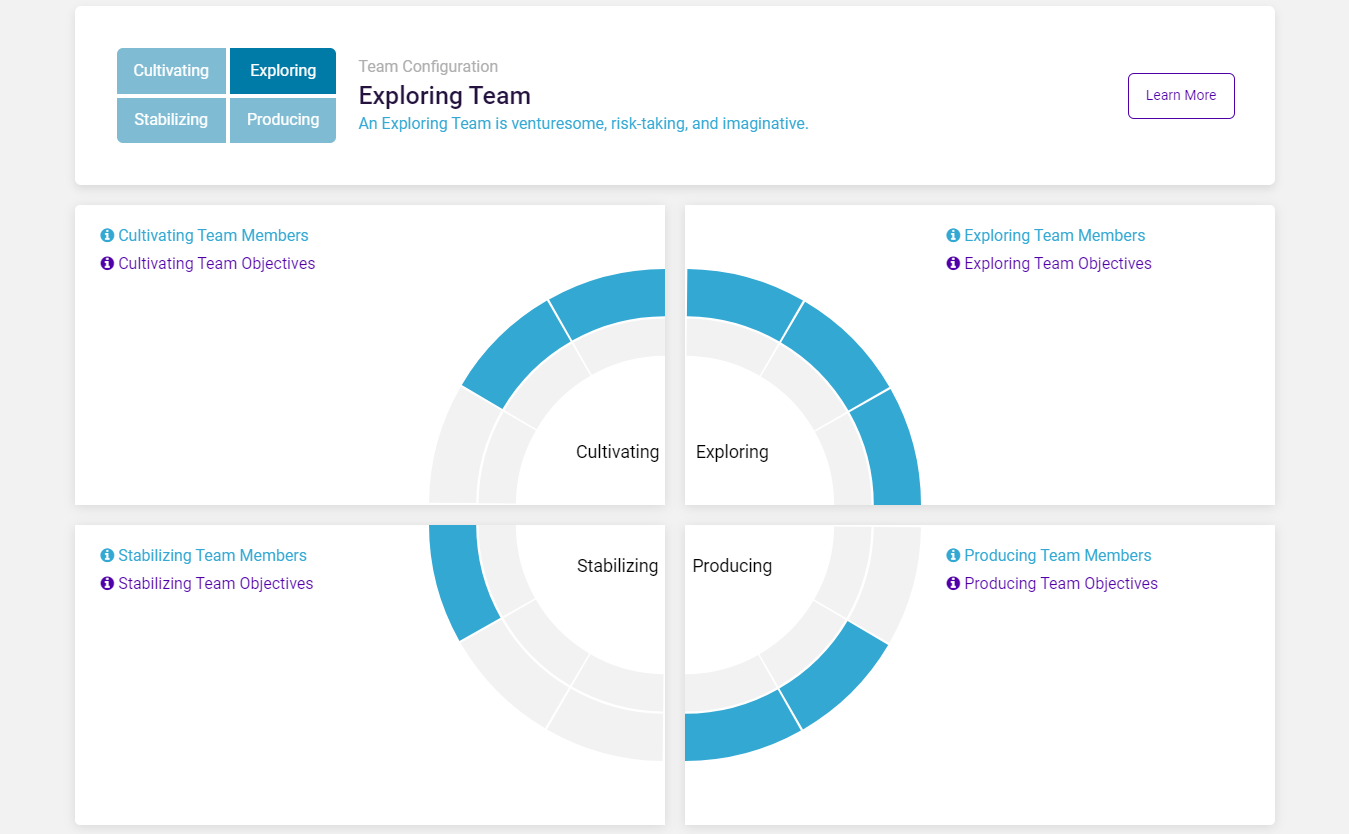
Susan and the other execs learned their team is considered to be an “Exploring Team.” Exploring teams are venturesome, risk-taking, and imaginative, with a tendency to think independently and test new ideas.
Nicole challenged the team to reflect on these results. How does this configuration relate to the team’s collective leadership strengths? Likewise, what leadership gaps does the data bring to light?
By having this conversation, Susan and her team began to understand how they act when the pressure is on, and why they make the decisions they do. This self-awareness would help each executive adapt their natural leadership style in times of stress—to avoid critical behavioral missteps.
Realign operations.
Next, Nicole delved into the organization’s strategic needs. She asked the executive team to reflect on a list of 20 objectives and select the three that best reflect the current needs of the business.
One objective Susan’s team chose was: Execute plans and monitor outcomes to ensure efficiency and compliance. In this case, Nicole had the team envision how this objective ties back to the organization. What is the work to be done? Which department or team is responsible for seeing this work through?
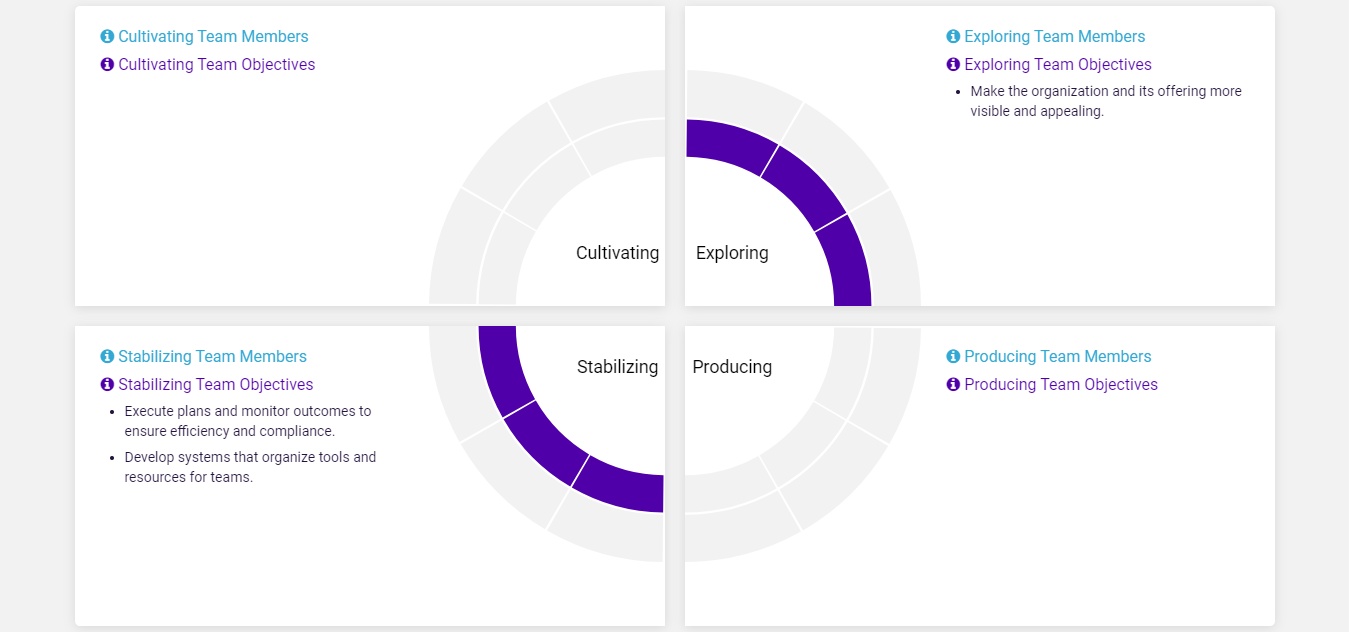
Senior leadership agreed that its business intelligence team would be best fit to handle this objective. Nicole then walked through the typical behavioral tendencies associated with the objective (e.g., detail-driven, risk-averse). For each trait, the executive team determined whether or not the current business intelligence team is a behavioral match to the work to be done.
By applying Nicole’s behavioral expertise to critical teams within the organization, the executive team started to picture how people data can drive the way they approach a restructuring.
Unfreeze your people.
Nicole ended the workshop by exploring how to motivate and coach employees through times of change. She stressed the importance of adapting one’s leadership to cater to individuals’ behavioral needs. She also provided a guide the team could distribute to managers throughout the organization to empower them to lead effectively—even in a crisis.
Following the online session, Susan asked how the other executives were feeling. Some were smiling; most were still tired. The organization’s problems wouldn’t be solved overnight. But Nicole’s session had left them feeling confident about the road ahead.
For the first time in weeks, the team had found common ground. And they owed it in part to behavioral data and kids making music.
